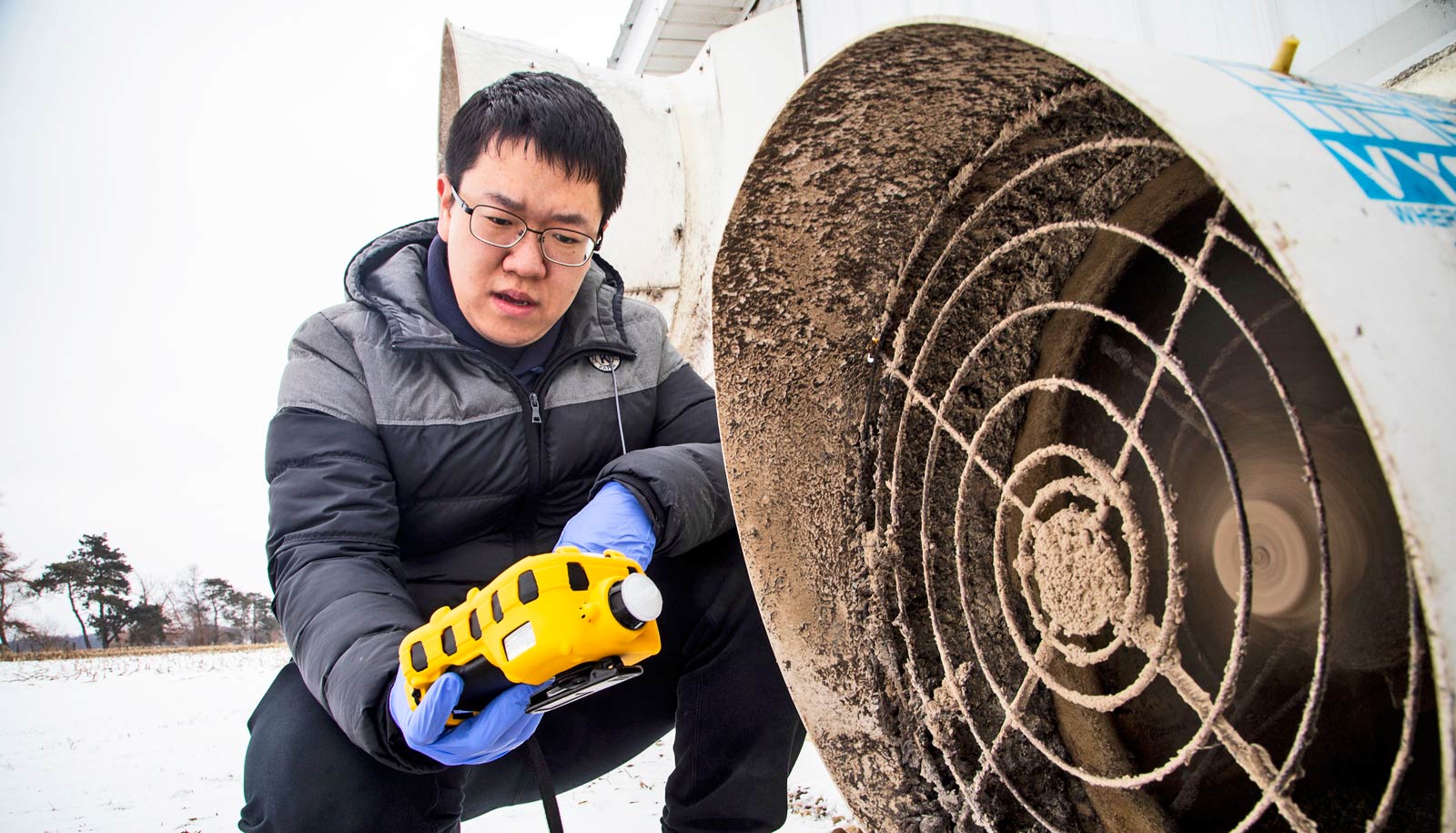A new vaccine that combines two major influenza proteins effectively provides broad, long-lasting protection against influenza virus in mice, researchers report.
The double-layered nanoparticle vaccine contains the influenza virus proteins matrix protein 2 ectodomain (M2e) and neuraminidase (NA). Researchers immunized mice with the nanoparticle vaccine before exposure to influenza virus. The vaccine protected the mice against six different strains of the virus.
The findings, which suggest this unique vaccine combination has potential as a universal influenza vaccine or component of such vaccines, appear in Advanced Healthcare Materials.
“This nanoparticle antigen combination conferred mice with strong cross protection,” says first author Ye Wang, a biology PhD student working in the lab of Bao-Zhong Wang in the Institute for Biomedical Sciences at Georgia State University.
“It can protect mice from different strains of influenza virus. Each season, we have different flu strains that affect us. By using this approach, we hope this nanoparticle vaccine can protect humans from different strains of influenza virus.”
Influenza is a leading cause of death from infection. Seasonal flu vaccines are insufficient to prevent influenza outbreaks, so developing a universal influenza vaccine is the ideal strategy for eliminating public health threats of influenza epidemics and pandemics.
A universal influenza vaccine would eliminate the need for vaccinations each season and offer universal protection against all influenza strains.
The influenza virus protein M2e appears in all influenza virus strains, with each strain having a very similar version, and the protein has mutated very slowly over time. The protein NA is found on the surface of influenza virus and has also mutated much slower than other influenza proteins. This double-layered nanoparticle vaccine uses M2e as its core, and NA coats the surface.
In the study, researchers exposed mice to one of six influenza virus strains after receiving the nanoparticle vaccine by intramuscular injection. The vaccine proved to have long-lasting immune protection, which remained unchanged against viral challenges up to four months after immunizations.
“It’s important to mention that a lot of flu vaccines haven’t focused on NA before,” says coauthor Gilbert Gonzalez, lab manager in Bao-Zhong Wang’s lab in the Institute for Biomedical Sciences.
“NA is becoming a more important antigen for influenza vaccine research. Previously, it had been ignored or discounted because hemagglutinin (HA) is much more dominant. When you get a flu infection, your body reacts to the HA.”
However, the HA protein mutates very quickly—why scientists must change seasonal flu vaccines every year. Someone could get the flu this year and develop immunity against that particular HA protein, but by next flu season, the HA protein would have rapidly changed and they wouldn’t be protected again.
Next, the researchers plan to load this double-layered nanoparticle vaccine onto microneedle patches for skin vaccination.
The National Institutes of Health’s National Institute of Allergy and Infectious Diseases funded the work.
Source: Georgia State University



